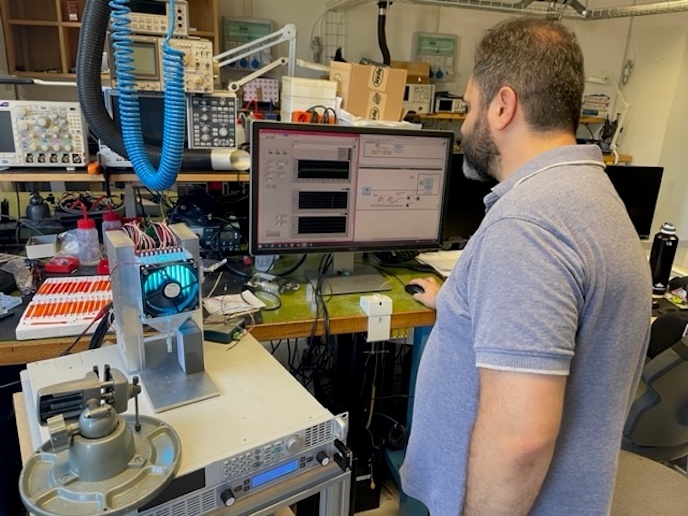Improvements in artificial joint composition
The average life expectancy of orthopedic implants is limited to approximately 10 years. This is due mainly to osteolysis, which is caused by the wear of the materials. Therefore, existing ceramics made mainly from alumina or zirconia had to be improved in terms of reliability, toughness, hydrothermal stability and crack resistance. Combining different compounds often produces a composite with beneficial chemical and physical properties, exploiting the advantages of each of the component species. The addition of a fraction of zirconia to alumina results in Zirconia Toughened Alumina (ZTA), a "composite" material of increased fracture toughness, flexural strength and fatigue resistance. Researchers strive to refine microstructure processes in order to increase ceramic stability and crack resistance. The conventional methods used to obtain ZTA composites have proven unable to reach a fine and homogeneous structure. However, the development of new processing routes in non-aqueous media has allowed preparation of composites with a significantly smaller and narrower particle-size distribution of zirconia than conventional powder mixing methods. In this way, it is possible to obtain high-density ZTA nanocomposites (NZTA) with a very homogeneous microstructure and better physical properties. In the context of the BIOKER project it was found that a small volume fraction of evenly distributed zirconia nanoparticles is responsible for their better resistance to wear. Consequently, this improves longevity. The zirconia particles produce a compressive residual stress field under pressure that serves to protect the nanocomposite against Slow Crack Growth. This fact opens new trails for the development of oxide ceramic-based nano-structured composites. In this light, the bulk production issues of NZTA must be addressed, taking into account that their processing and machining is easier than that of their substitutes.







